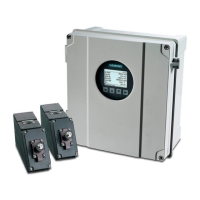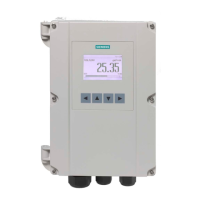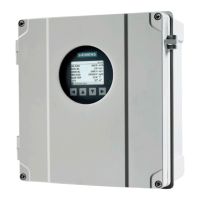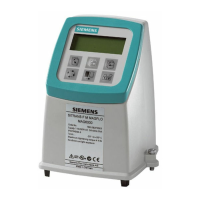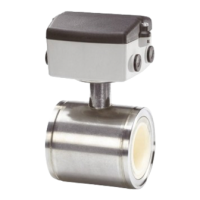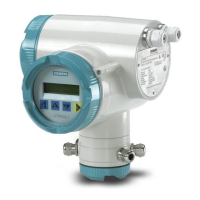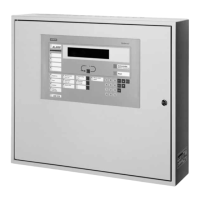Planning an FDnet detector line
7
60 | 242
Limited planning with the aid of these instructions
Limited planning of the detector lines using these instructions allows a detector line
to be verified. The following restrictions must be taken into account:
● Maximum numbers of devices:
– 1 ↑ loop, maximum 252
– 2 loops, maximum 126 in each case
– 4 loops, maximum 64 in each case
– 8 stubs, maximum 32 in each case
● The same topologies must be connected on all line cards (only loops or only
stubs).
● Each loop or stub must be verified separately.
If one of the aforementioned restrictions cannot be adhered to, the outline
quantities tool must be used for planning the detector lines.
7.1.1 Sequence
Procedure per ↑ loop/↑ stub
1. Determine the type and location of the ↑ detector line devices.
2. Define the ↑ topology of the detector line.
3. Define the assignment of the lines to the ↑ line cards.
4. Define the cable type.
5. Define the cable length and calculate the cable resistance and cable
capacitance.
6. Determine the connection factors for the detector line devices.
7. Check the load of the line card using the ↑ outline quantities tool or the
diagrams. The ↑ maximum current connection factor must be lower than the
reserve of the maximum current connection factor.
See also
2 Line topology [➙ 68]
2 Cabling line devices [➙ 70]
2 Cable length [➙ 71]
2 Connection factors of the FDnet devices [➙ 76]
2 Maximum current connection factor reserve [➙ 79]
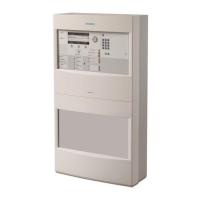
